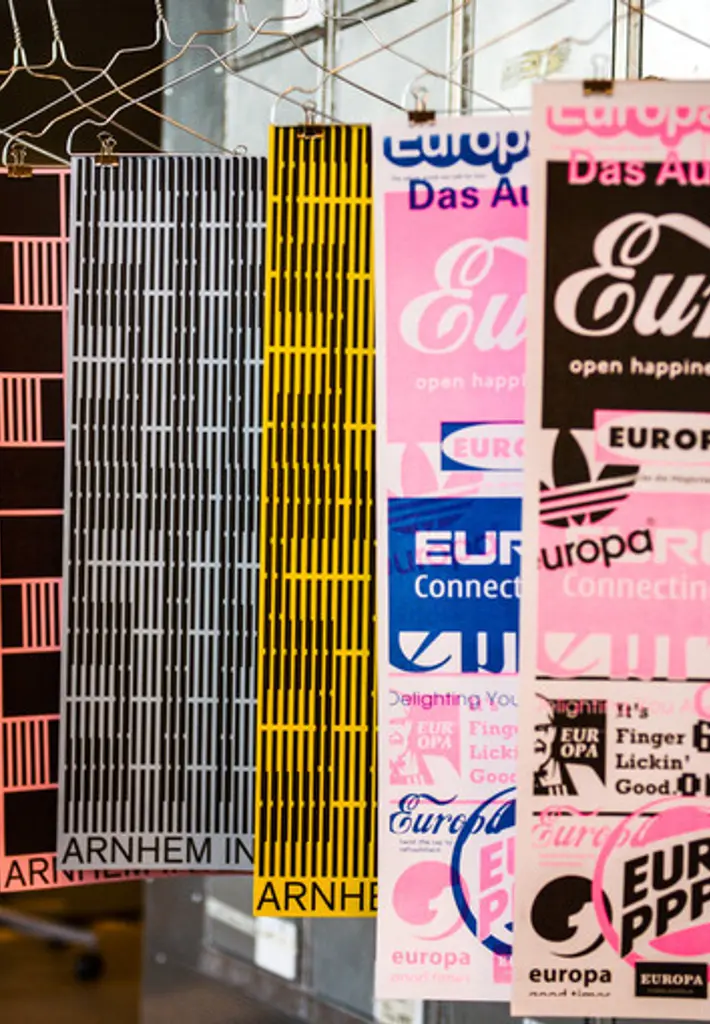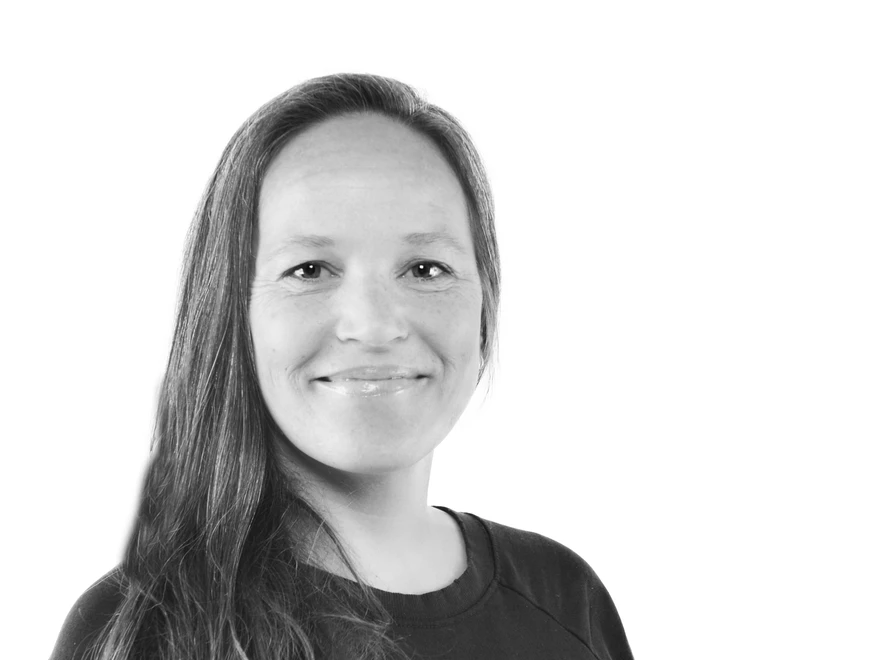Accessory Design
- Semester start
- August / September
- Registration deadline
- (Quota 2) 15th of March at 12.00 PM (CET) / (Quota 1) 5th of July at 12.00 PM (CET)
- Duration
- 3 years (180 ECTS)
- Admission requirements
- Entrance examination
- Title
- Bachelor of Arts
- Location
- Kolding School of Design
- Instruction language
- Danish
Why should I choose Accessory Design?
As an accessory designer, you will design jewellery, handbags and footwear, not only with the purpose of designing objects with a functional and aesthetic relationship to the body and to the individual, but also objects that meet the individual's need for self-expression. It will be an educational and challenging experience that requires effort and commitment – in workshops, study spaces and during field work as well as in conversations with people outside the educational sphere. But there is still plenty of room to have fun!
You can see and download cirriculum and course descriptions via the links presented, but please note that they are only available in danish since the language of instruction for the bachelor degree program is danish.
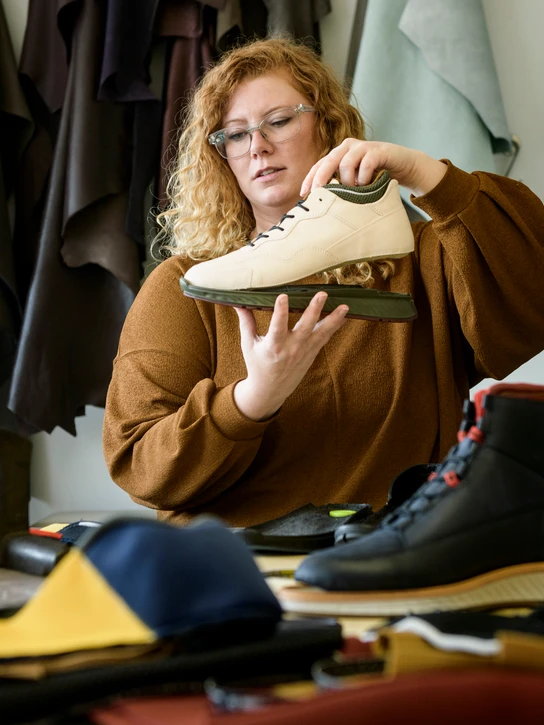
“Accessory design is many things - but at the heart stands people's ability to express themselves through objects worn close to the body.”
What will I learn?
Your core as a designer is built on the basic disciplines of design: exploration, process, design, composition, colour and material understanding. You should be able to apply aesthetic tools in an intelligent and conscious manner and be adept at developing ideas and concepts. You will also be required to master the programmes Illustrator and InDesign in particular.
The programme includes a wide range of workshop disciplines that will train you in design. You will be taught traditional crafting techniques, including processing of metal, leather and fur. In addition, you will be working with digital tools such as scanning, 3D programmes, digital design and 3D printing. You will be making your mark on your own specific field of design, since certain elements of the courses are based on a framework that allows you to design footwear, jewellery or handbags, respectively.
Along the way you will also acquire a solid theoretical ballast, which will make you more conscious in your work as a designer and you will learn to work with design thinking. This is bound to spark your curiosity about the people and the problems that your design is addressing – expanding your horizon tremendously.
Finally, you will gain knowledge about the value added properties of design and thus the significance of design for business.
During the course of the study, you will meet the school's own, experienced teachers and guest lecturers from the industry who are going to be your employers after graduation. You will also have the opportunity to study at a design school abroad, which may offer courses within your specific area of interest.
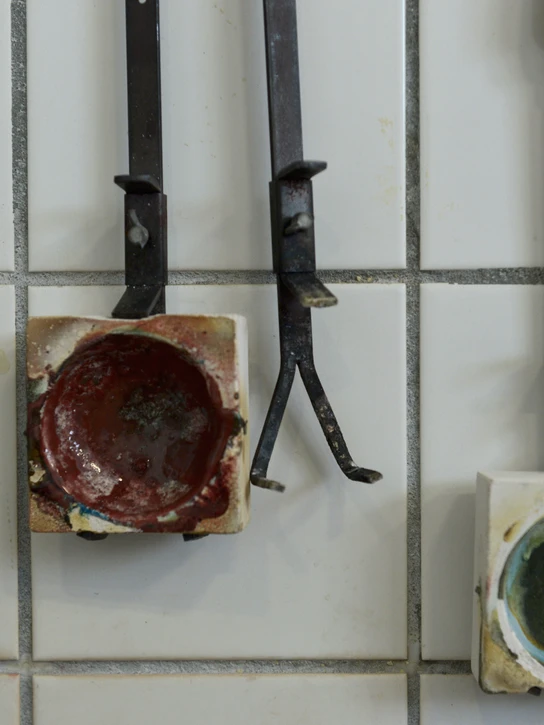
“You will learn to work with global and local issues across cultural and professional differences.”
Courses (Only avaliable in danish)
Design som virkefelt
Design som virkefelt Introduktion til designstudiet og fagfeltets facetter, hvorved du opbygger en begyndende faglig selvforståelse.
Model og materiale
Formålet med dette kursus er at give den studerende en grundlæggende introduktion til fagrelevante formgivnings teknikker, særligt med fokus på samspillet mellem form, materiale og bearbejdning i praksis.
Form
Introduktion til og træning i færdigheder inden for rumlig skitsering, komposition samt formanalyse og formudvikling. Forløbet afsluttes med et mindre formudviklingsforløb, hvor du afprøver dine færdigheder i en designfaglig kontekst.
Visualisering
Kurset introducerer til visualiserings- og skitseringsteknikker og har som formål, at du oparbejder en fortrolighed med at skitsere og kommunikere visuelt.
Idé, eksperiment og analyse
Kurset introducerer grundlæggende metoder i den kreative del af en designproces. Under denne ramme vil den studerende udviklinge et design der forholder sig direkte til kroppen, med overvejelser omkring funktion, form, volumen, materiale, placering og kontekst.
Design som virkefelt
Introduktion til designstudiet og fagfeltets facetter, hvorved du opbygger en begyndende faglig selvforståelse.
Farve
Introduktion til farvens kompleksitet og betydning for et design, herunder indflydelse af lys, materiale og form, historisk farvelære, æstetik, optræning af færdigheder inden for analog og digital farve samt udvikling af et individuelt farvekoncept.
Visualisering
Kurset introducerer til visualiserings- og skitseringsteknikker og har som formål, at du oparbejder en fortrolighed med at skitsere og kommunikere visuelt.
Materiale og formgivning
Her introduceres til grundlæggende værkstedsteknikker indenfor bearbejdning af materiale og form i forbindelse med accessory design, med fokus på udvikling af designs og prototyper på smykke- og læderværkstedet. Undervejs i processen involveres digitale redskaber som Illustrator og CLO3D.
Analog og digital fabrikation
Gennem kurset introduceres den studerende til analoge og digitale fabrikations-metoder som 3D modellering, 3Dprint, rendering og støb. Med afsæt i egne konceptboards og eksperimenter udvikles et eller flere accessory design(s).
Designproces & metode
Fokus er på designprocessen og designmetoder, herunder brugerinddragende elementer. Gennemførelse, udførelse og refleksion over processen samt udvalgte anvendte metoder analyseres og vurderes i en skriftlig rapport med afsæt i projektet.
Koncept, kollektion og produktion
Med afsæt i et co-lab med en kommerciel virksomhed udarbejdes, konceptmateriale der danner udgangspunkt for formgivning, produktion og iscenesættelse af en accessory-produkt serie fra det kommercielle til det avantgarde.
Form, funktion og æstetik
I kurset introduceres du til teori og metoder som understøtter, hvordan vi forholder os til andres behov. Gennem analyser forstår du funktion, form og behov, og designløsningen gøres færdig gennem dit kendskab til farver, materialer og din personlige æstetik. Du bestemmer selv om dit design skal være universelt, adaptivt eller en dedikeret designløsning som dækker et specifikt behov.
Relationelt design
Kurset introducerer den studerende i metoder til samtale og samskabelse med det formål at sætte sig i andres sted og anvende empati i udviklingen af et kropsbåret design.
Design for Change
Kurset introducerer til udfordringer i nutidens modeindustri - herunder den kommercielle side af accessory design. I kurset udvikler den studerende spekulative fremtidsscenarier med henblik på at skabe innovative nye systemer, produkter og designpraksisser - med potentiale til at ændre designerens indflydelse på industrien i en mere ansvarlig og bæredygtig retning. Du får mulighed for at eksperimentere digitalt indenform bl.a. digital 3D, VR og kunstig intelligens.
Brand og kollektion
Med afsæt et specifikt brand vil du sammen med et tværfagligt designteam arbejde med bæredygtige strategier, virksomhedsanalyse med fokus på brugere, brandidentitet og produktionsmetoder, og på denne baggrund designe en visionær kollektion, der præsenteres for virksomheden.
Faglig position
Kurset introducerer til modeller til kortlægning af strømninger indenfor designfeltet, herunder med fokus på værdiskabelse for aftagere og samarbejdspartnere. I forløbet vil du kortlægge egne designkompetencer, din faglige profil og identificere hvilken specialisering du ønsker at styrke, for at bringe dig nærmere dine mål for fremtiden.
Faglig specialisering / One Step Closer
Dette kursus tager afsæt i dit ønske omkring videre specialisering, formuleret i kurset Faglig position. På baggrund af dette ønske, udvikles et eget designprojekt, der hjælper dig med at komme tættere på at opnå ambitionerne for dit fremtidige professionelle virke som designer.
Bachelorprojekt
På baggrund af din samlede viden samt kompetencer og færdigheder rammesætter du et projekt baseret på dit individuelle interessefelt med fokus på dit ønske om specialisering og din fremtidige professionelle karriere.
Learning through making is a core part of the Kolding School of Design approach and the education hosts practical Studios

What is the best way to learn?
The Accessory Design programme emphasises curiosity regarding the individual, its senses, body and identity as well as the currents in society. We translate this through explorations, experiments and processing of materials. Your design focus will be to transform your own and others' impressions into aesthetic expressions through visual means and through objects to wear on the body.
You will be working with physical materials and analogue techniques and thus absorb knowledge through your fingers, which will enable you to create designs with a different expression.
You will realise that you actually learn just as much from being curious and experimental as from listening and reading. Thus it is not always the end result that matters the most, but rather the process that made you smarter. And therefore you must be good at pushing yourself further than we are able to do in our teaching.
When you don’t have classes, you can work independently on your projects. You will have your own study space that you can decorate and personalise, and you are surrounded by your fellow students. There will also be group projects, where you can jointly collect knowledge within and about society. You will also learn from each other and hone your skills at the intricate art of collaboration, which will contribute to an enhanced design appreciation. The projects during the first couple of semesters will be limited and relatively simple, but further along in the programme they will become more challenging.
During the course of the study you will have the opportunity to join a study trip abroad and work with students from local educational institutions on common design projects. It is enormously exciting and worthwhile – also because each one of you arrives with his or her own background and culture. You will gain knowledge about the world and about yourself.
Design School Kolding is small enough that you can get to know most of your fellow students. We cultivate cross-disciplinary collaboration between the fields of study whenever it is meaningful, and you will find inspiration from areas you would never have imagined.
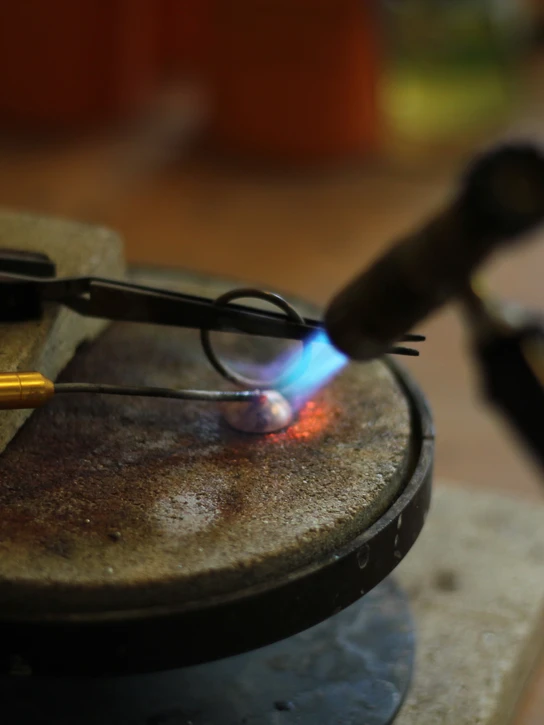
“Business collaborations will give you the opportunity to work under conditions and with issues that are real.”
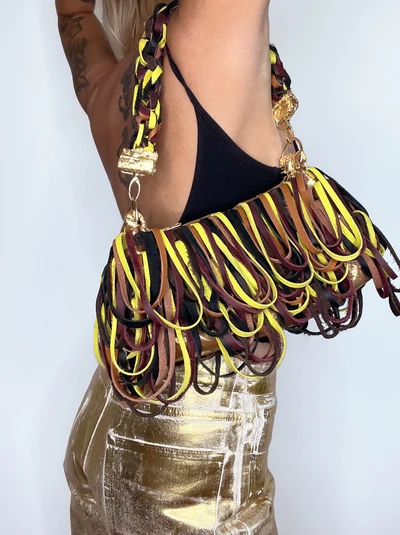
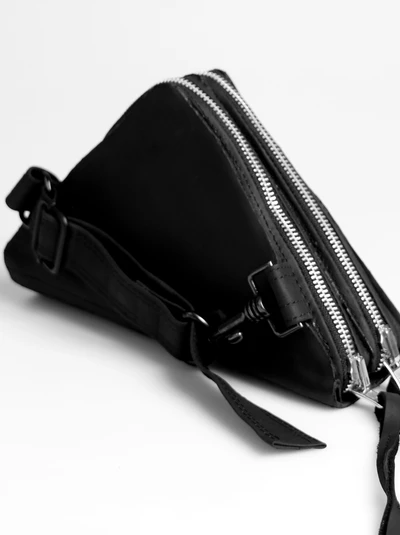
What job can I get?
However, based on your basic skills as a designer, you will be able to work within a wide range of design disciplines. In terms of basic skills, you could focus on classic disciplines, where you can work with trend material, exhibitions and visual identities among other things. Your perception of how materials and objects stimulate our senses, as well as your understanding of form in relation to the body and also your ability to empathise with other people and their emotions could open up job opportunities in the healthcare sector, possibly with the design of prosthetic devices and other artefacts that extend the body with functions that the individual has lost or may never even have had.
You can also work directly with the method and process understanding embraced by design thinking. This could lead you along totally different paths, where you work, for example, in a more consultative role and guide other people through processes of strategy development or innovation. You could also become a design anthropologist who investigates user needs and pursues answers to social issues that others – or you yourself – can then work on.
So there is a plethora of job opportunities, but you need to be up-to-date and ambitious as far as your education is concerned and acquire the optimal skills within the area of design you find the most fascinating.
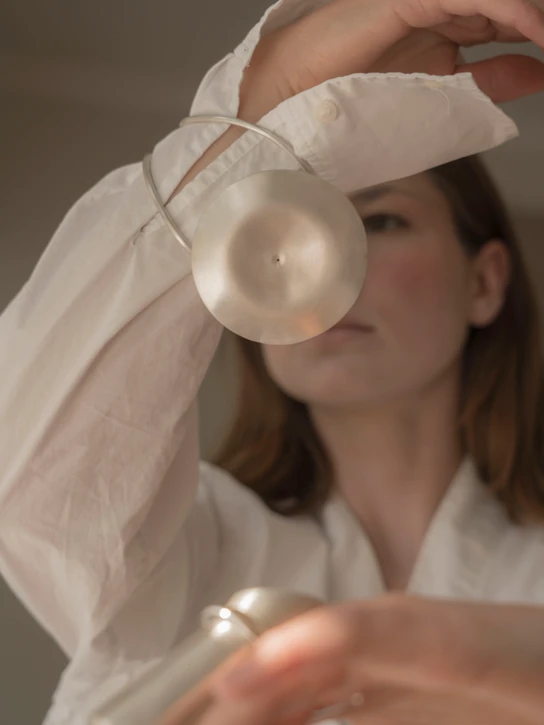
Amalie Grauengaard
Important to know when you apply
This is because the disciplines overlap in some fundamental aspects – and this way you will know which programme and specialisation matches your motivation and way of working, and be able to decide the direction for you, with the guidance of your teachers.
Accessory Design and Industrial Design both focus on spatial sketching and formgiving using analogue and digital tools such as 3D computer design. At the same time you will be trained in developing concepts, products and business ideas, which are sustainable, commercially valid and socially responsible.
Aesthetics and sensuousness characterise both disciplines, but where Accessory Design typically focuses on expressive and conceptual products with a direct relation to the body, for instance shoes, bags and jewellery, Industrial Design focuses more on functional products that relate to people in a wider contextual perspective, ranging from the utility items in your home such as lamps and electric kettles, to products applied in professional contexts. This could be blood pressure monitors or equipment for the robotics industry.
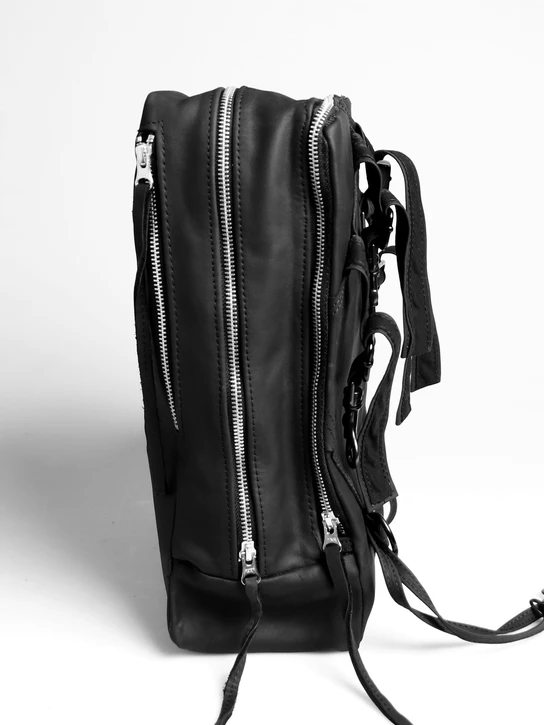
Do you dream of becoming a designer?
Take the first step and apply for admission. The deadline is 15th of March at 12.00 PM for quota 2 applicants and 5th of July at 12.00 PM for quota 1 applicants.
Interested in studying a Bachelors Degree in Communication Design?
